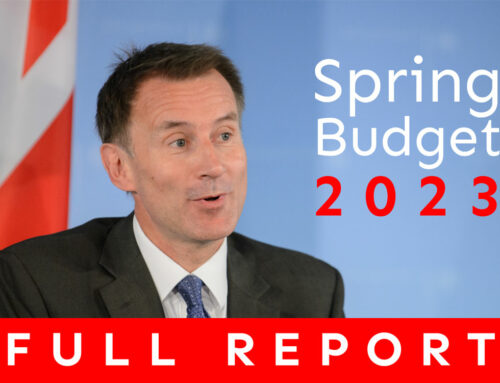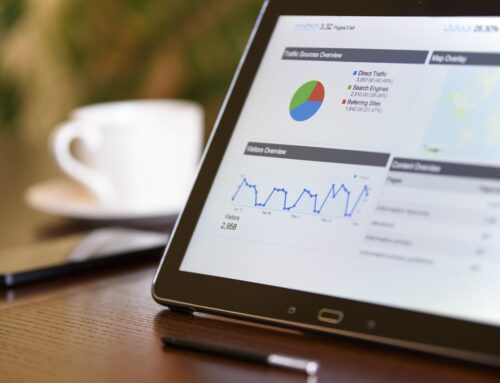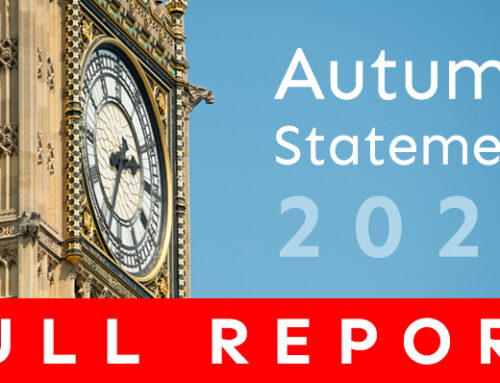Year-end planning 2018/19 – get your strategy on track
Year-end planning is something every business (no matter the size) should be doing. It helps put into place strategies for organising your finances that enable you to work as tax efficiently as possible in the run-up to the end of your accounting year.

You may be doing this already, which is fantastic, but it’s important you regularly review your tax planning strategies to see if they are still tax-efficient. Plus, changes which were announced in the 2018 Budget means some of these strategies may have changed. As an owner – manager of a business, here are some things that our team think you need to be aware of:
Capital allowances
The Chancellor announced in the 2018 Budget there will be a temporary increase to the Annual Investment Allowance (AIA) from £200,000 to £1 million. This is available for capital expenditure, such as plant and machinery which is purchased from 1st January 2019 to 31st December 2020.
While most welcome this increase. It may cause problems for some businesses whose chargeable period spans 1st January 2019. If this is the case the business’ transitional chargeable period comprises of:
- the AIA entitlement, based on the £200,000 cap for the portion of the period falling before 1 January 2019
- the AIA entitlement, based on the temporary £1,000,000 annual cap for the portion of the period falling on or after 1 January 2019
Source: HMRC
The business’ maximum Annual Investment Allowance for their transitional period would be the total of i. + ii.
For example, a business who has a chargeable period of 1 June 2018 to 31st May 2019, their maximum AIA would be:
- Proportion for the period 1 June to 31st December 2018 is 7/12 x £200,000 = £116,666
- Proportion for the period 1 January to 31st May 2019 is 5/12 x £1,000,000 = £416,666
Total of £116,666 + £416,666 = £533,332.
In some cases, it may be appropriate to revise the chargeable period to align it with the calendar year.
Employer pension contributions
Employers can make a lump sum contribution into an employee’s pension scheme. And, as it’s classed as an allowable business expense, it can be deducted off the business’ profits, therefore reducing the amount of Corporation Tax that is due.
However, at your year-end, you can’t account for future pension contributions as they must be paid by the year-end for it to be a deductible expense. Also, if you plan on making a large contribution, this may have to be spread across the year. To understand more about the deductibility and amounts that can be claimed, our directors can assist on 01962 820375.
Claim for everything you can
Every business has 12 months after its accounting period ends to file a Company Tax Return, and a further 12 months to make amendments to this return.
It’s important that you use this period to check to see if there is anything else you can claim for. Such as losses against the previous year’s profit. Or, tax reliefs such as the ‘creative industry relief’ which is available to companies who work in TV and film industry.
Something else worth considering, is if the business has acquired commercial property with fixtures that may be eligible for capital allowances, then the business has two years from the purchase date to raise a query in conjunction with the vendor, to agree on how much of the purchase price is eligible for capital allowances and maybe AIA.
If you’re looking to get your year-end planning back on track, there is no better time to do it. Speak to one of our Directors on +44 330 174 4922 to discuss these points further in detail, or send us a brief message through our website and we’ll call you back.



